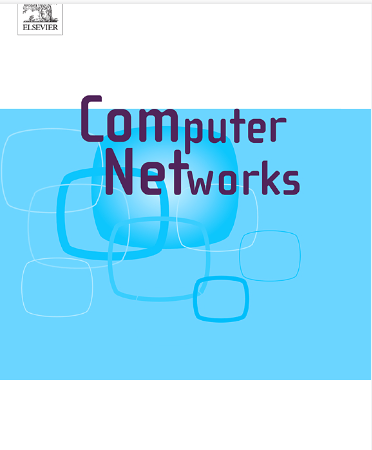Stochastic geometry analysis for information integration and communication in cellular and D2D-based heterogeneous IoT
IF 4.4
2区 计算机科学
Q1 COMPUTER SCIENCE, HARDWARE & ARCHITECTURE
引用次数: 0
Abstract
The heterogeneous Internet of Things (HetIoT), consisting of densely coexisted cellular and device-to-device (D2D) devices, has become a foundational component of 5th generation and beyond networks. Considering the high density of devices, guard zones around base stations (BSs) are introduced to mitigate interference with each other. However, previous studies neglect the impact of cellular devices on D2D transmissions, which is also crucial in HetIoT. To address this issue, this paper presents the use of guard zones around both transmitting BSs and cellular devices. By leveraging a stochastic geometry approach, a novel spatial distribution model is constructed to effectively capture the location randomness and interdependencies between BSs, cellular, and D2D devices. Based on this spatial model, an analytical model is developed to derive expressions for the successful transmission probabilities of BSs, cellular, and D2D devices. This model accounts for the inherent randomness and interrelations between cellular and D2D transmissions, while also characterizing the complex mutual interference resulting from the two types of guard zones. Extensive Monte Carlo simulations confirm the high accuracy of the proposed theoretical model. This analytical model provides practical guidance for practitioners in selecting suitable parameter configurations to enhance performance in HetIoT.
求助全文
约1分钟内获得全文
求助全文
来源期刊

Computer Networks
工程技术-电信学
CiteScore
10.80
自引率
3.60%
发文量
434
审稿时长
8.6 months
期刊介绍:
Computer Networks is an international, archival journal providing a publication vehicle for complete coverage of all topics of interest to those involved in the computer communications networking area. The audience includes researchers, managers and operators of networks as well as designers and implementors. The Editorial Board will consider any material for publication that is of interest to those groups.
 求助内容:
求助内容: 应助结果提醒方式:
应助结果提醒方式:


